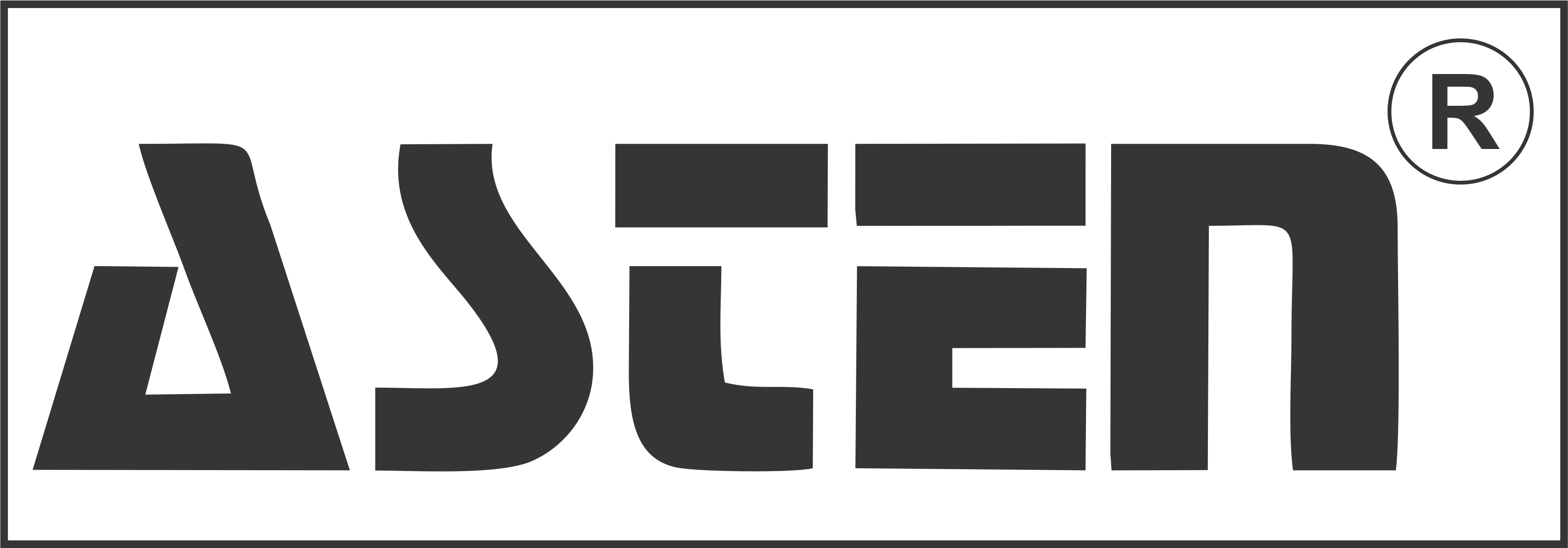Limit Switches
DescriptionWe are established as a leading Limit Switches manufacturer, supplier and exporter in India. Limit switches are widely employed in many different sectors and applications to offer feedback or control signals to machinery and equipment. The term “limit switch” refers to the fact that these switches are made to actuate or alter their electrical state when a physical limit or threshold is reached.
What are Limit Switches?
Limit Switches are essential components in industrial automation and control systems. They are designed to detect the limit of a mechanical motion for example the completion of the valve opening or closure. When activated by mechanical movement or contact, these switches initiate electrical signals, signaling a control system to perform a particular function, halt a process, or provide position feedback.
Our specialized switches are meticulously engineered to provide precise control and position sensing in various industrial applications. Explore the cutting-edge technology behind limit switches through our innovative solutions.
Rotary Limit Switches
Rotary limit switches are specialized devices used to control and monitor the rotation of machinery or equipment, ensuring precise positioning and preventing overtravel or undertravel. Their operation involves the following key components and principles:
- Rotary Mechanism: Rotary limit switches are generally equipped with a cam that rotates along with the actuator stem.
- Switch Contacts: Within the housing, there are electrical contacts, usually arranged in a circular or semi-circular pattern to correspond with the rotary motion. These contacts are strategically positioned to make or break electrical connections based on the angle of rotation.
- Cam Profile: The cam profile is an essential feature of the rotary limit switch. It is a specially shaped component attached to the actuator. As the stem rotates, the cam profile interacts with mechanical levers or arms that, in turn, control the position of the switch contacts.
- Position Detection: The cam profile is designed to have specific high and low points. These points correspond to the desired rotary positions or limits for the machinery. When the cam reaches these high or low points during rotation, it causes the attached lever or arm to actuate the switch contacts.
- Electrical Output: Depending on the design and configuration of the rotary limit switch, the actuation of the switch contacts can either open or close electrical circuits. This action generates electrical signals that are used to control the machinery’s movement, trigger alarms, or provide position feedback to a control system.














